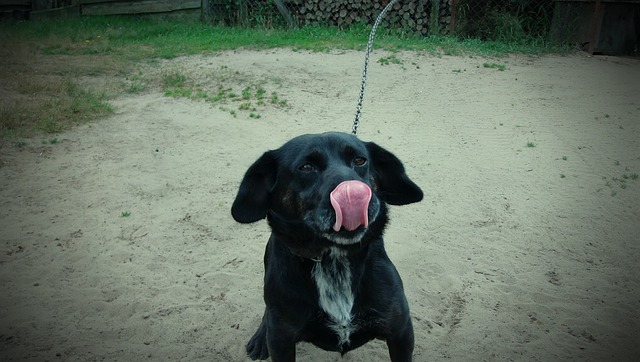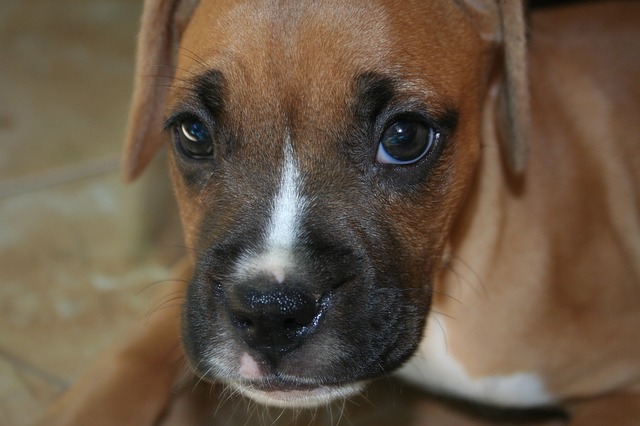Whether you have two legs or four, anxiety can be a miserable experience. Sadly, our fur kids are not immune to anxiety. Many dogs suffer from anxiety, whether it’s only during thunderstorms or a low level of continuous anxiety. How can you tell if your dog has anxiety? What can you do to help your dog if he is dealing with anxiety? Here are signs your dog has anxiety and ways you can help.
Signs of anxiety in dogs
-Aggression
-Tucked tail
-Peeing or pooping in the home
-Drooling
-Yawning
-Panting
-Licking their nose
-Destructive behavior
-Hiding
-Excessive barking
-Shaking
-Pacing
-Expressing anal glands
-Repetitive behaviors

Causes of anxiety
There are a lot of different triggers for anxiety in dogs. Some of the most common are:
-Fear
-Age
-Separation

Treating dog anxiety
In order to treat anxiety in your dog, you need to understand what’s causing it. A dog suffering from separation anxiety will need different treatment than a dog suffering from age-related cognitive decline and anxiety. You may benefit from talking to a dog trainer or your vet to discuss the best way to treat your dog’s anxiety.
Usually, treating anxiety involves behavioral training and sometimes medication. Some other things that can help with anxiety include:
-Keeping a regular routine. Dogs thrive on routine. Knowing what to expect every day can help reduce a dog’s anxiety levels. That may mean setting your alarm for the same time on the weekend that you get up during the week so your dog knows exactly when they can expect to be fed and let out.
-Try a Thundershirt. Great for dogs with situational anxiety, compression wraps like the Thundershirt can help your dog feel like they’re being hugged, which can help reduce their anxiety.
-Play calming music. Just like a little Mozart or Beethoven can help you relax, it can have the same effect on your pooch. There are even some YouTube channels that offer calming music and videos designed specifically for dogs.
-Leave your scent behind when you leave. Dogs are reassured by your scent, so leaving behind a shirt or other article of clothing that you’ve recently worn can help your dog relax when you aren’t around. If you’re worried about your dog chewing up your favorite shirt, try the Comfort Cuddler.

Preventing anxiety
Preventing anxiety in your dog is easier than treating it after it develops. Here are some ways you can help prevent your dog from developing anxiety:
-Reading your dog’s body language. If you can learn to recognize the signs that your dog is uncomfortable, you can remove your dog from the situation or use positive reinforcement to make your dog more comfortable and able to make a positive association.
-Socialization. The more situations, people, and other dogs you can introduce your dog to when you first bring him home, the less likely it is your dog will develop anxiety about those things down the road. Socialization is especially important for puppies. A lack of socialization as a puppy can lead to a lifetime of anxiety.
-Obedience training. Not only are obedience classes a great opportunity for your dog to socialize, but training helps develop a strong bond between the two of you. Your dog learns to look to you for guidance in situations where he is unsure of himself.
-Diet and exercise. A dog that is physically healthy is more likely to be mentally healthy, also. Dogs that lack enough exercise can get bored, and that boredom can turn into anxiety. Likewise, a poor diet can cause your dog to feel unwell, which can lead to anxiety.
-Avoiding situations that trigger anxiety. If other dogs make your dog anxious, for example, try walking him when there are fewer dogs out and avoid areas where there tend to be more dogs, such as parks. If being alone causes your dog anxiety, look into hiring a pet sitter or taking your dog to doggy daycare while you work.
(H/T: AKC, Good Housekeeping)
Be the first to comment